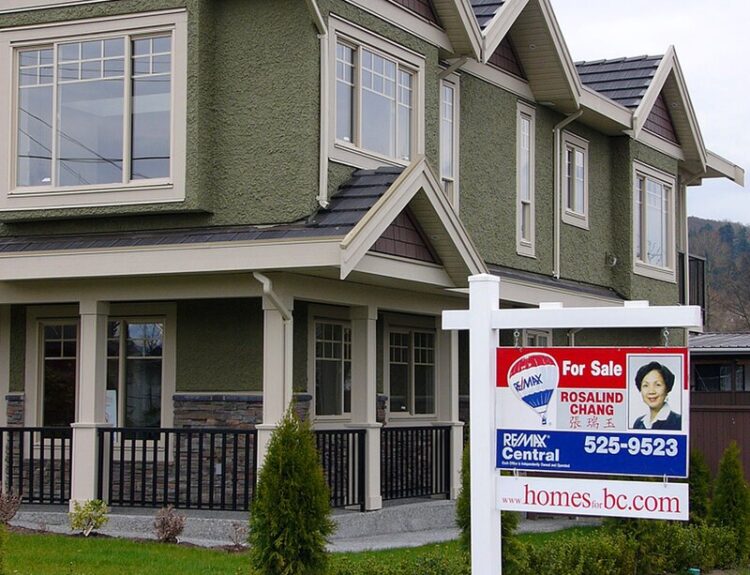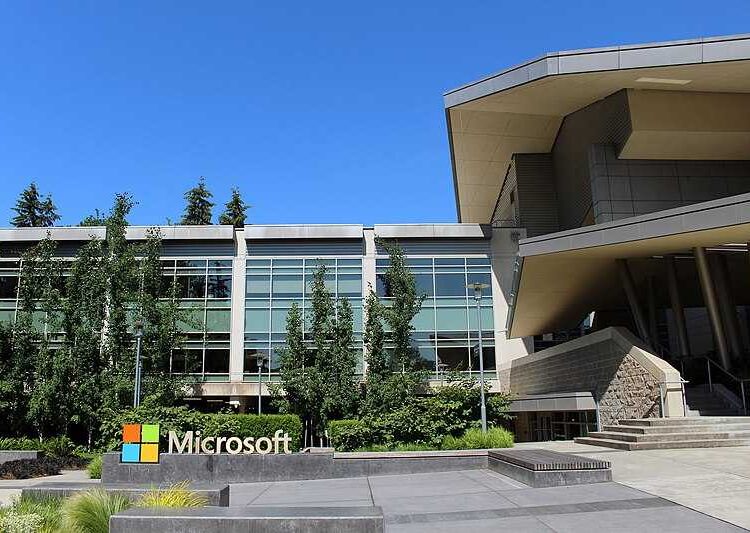The middle class faces rising debt and declining homeownership in today’s economy.
- Middle class is a key voting demographic for both Kamala Harris and Donald Trump.
- Income alone does not define middle class; education and asset ownership are also important.
- 52% of adults identify as middle class, but this share has declined from 61% in 1971.
- Middle-class Americans are increasingly burdened by credit card and medical debt.
- Homeownership among the middle class has significantly decreased since the Great Recession.
The middle class is a crucial voting bloc, with both Kamala Harris and Donald Trump vying for their support through economic promises like tax cuts and reduced childcare costs. Trump emphasized the importance of the middle class at a rally, while Harris highlighted it as a key goal of her presidency. However, defining who belongs to the middle class is complex. While many Americans consider themselves middle class, the reality is that even those earning six figures often struggle to maintain a middle-class lifestyle due to rising costs and debt. According to the Pew Research Center, middle-class households earn between two-thirds and double the U.S. median income, which in 2022 ranged from about $56,600 to $169,800 for a family of three. This demographic represents 52% of adults, but their share has decreased from 61% in 1971 due to growing income inequality. The middle class is predominantly white, male, and U.S.-born, with higher education levels correlating with better financial status. Financially, the middle class is facing significant challenges. They are more likely to carry credit card debt, with 61% of households in the upper-middle income bracket holding such debt. Medical debt is also a pressing issue, affecting 23.5% of middle-income families. Additionally, many middle-class Americans struggle to afford new cars and have seen a decline in homeownership rates, dropping from 78.1% in 2010 to 69.7% in 2020. The high cost of living makes it difficult for many to save for a home, leading to concerns about retirement savings, with only the top 5% of earners on track to retire comfortably. Overall, the middle class is at a crossroads, facing economic pressures that challenge their traditional status as a symbol of financial stability.·
Factuality Level: 8
Factuality Justification: The article provides a comprehensive overview of the middle class in America, supported by data from reputable sources like Pew Research Center and Gallup. It discusses various aspects of middle-class life, including income, debt, and homeownership, without significant digressions or sensationalism. However, some statements could be interpreted as slightly biased or lacking in nuance, particularly regarding the implications of the data presented.·
Noise Level: 8
Noise Justification: The article provides a thorough analysis of the middle class in America, supported by data and research from reputable sources like Pew Research Center and the St. Louis Fed. It discusses the complexities of defining the middle class, the financial challenges they face, and the implications of economic policies on this demographic. The article stays on topic, avoids irrelevant information, and offers insights into the socio-economic landscape, making it a valuable read.·
Key People: Kamala Harris (Vice President of the United States), Donald Trump (Former President of the United States), Richard Fry (Senior Researcher at Pew Research Center)
Financial Relevance: Yes
Financial Markets Impacted: The article discusses economic policies proposed by political figures that could influence tax structures and financial stability for the middle class, potentially impacting consumer spending and economic growth.
Financial Rating Justification: The article focuses on the economic challenges faced by the middle class, including debt, homeownership, and retirement savings, which are all critical financial topics that affect broader economic conditions and financial markets.·
Presence Of Extreme Event: No
Nature Of Extreme Event: No
Impact Rating Of The Extreme Event: No
Extreme Rating Justification: The article discusses the economic challenges faced by the middle class in America, but it does not describe any extreme event that occurred in the last 48 hours.·
Move Size: No market move size mentioned.
Sector: All
Direction: Down
Magnitude: Large
Affected Instruments: Stocks
 www.marketwatch.com
www.marketwatch.com 




